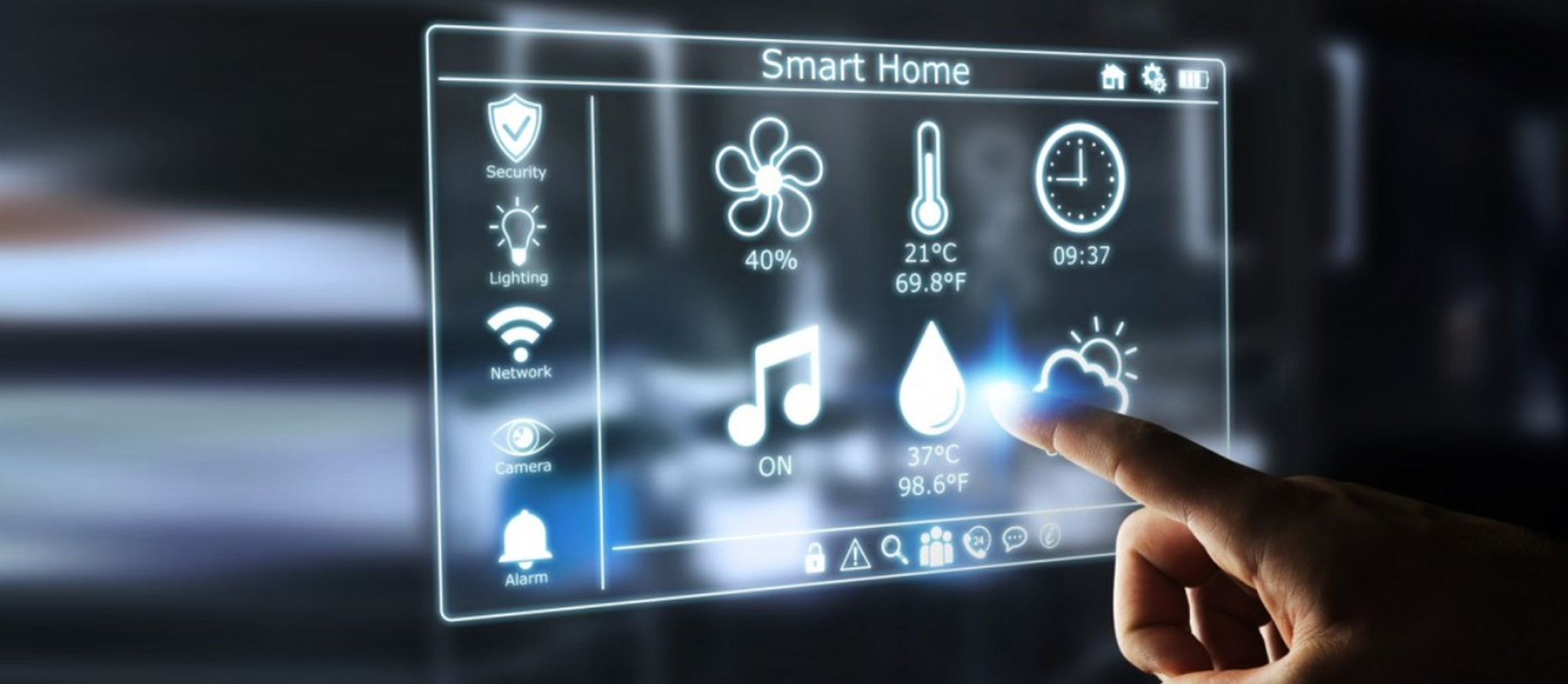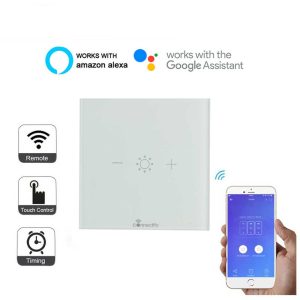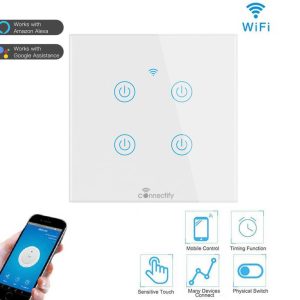The first Smart Home Service provider in Pakistan
A Company With The Vision of TOMORROW
Customer Service that you can rely on
Our Products
Every home is different. Every family is unique. We’ll help you create a smart home system that’s right for you.
SMART HOME AUTOMATION SERVICES
Connectify Pakistan is the first provider of Smart Home Automation and Smart Business Automation Services in Pakistan. Moreover, Connectify delivers an integrated Smart Home Automation and Smart Business Automation System with in-house consultation, professional installation, and support delivered by its smart tech Pro. Additionally, they offer 24/7 customer care, dedicated to redefining the smart home automation/smart business Automation experience with intelligent best smart products and best smart home automation services in Pakistan.
SMART HOME AUTOMATION SYSTEM
Connectify Pakistan turns your home into smart home with a cutting-edge smart home automation system. Enjoy remotely controllable lights, smart security, and smart safety via apps or voice commands. Additionally, enhance energy efficiency and security with real-time monitoring and automation. Moreover, experience personalized scenes and seamless integration with wireless smart home devices for a modern, connected lifestyle. Ultimately, immerse yourself in the convenience and comfort of smart home automation in Pakistan. Contact us now.
HOW DOES THE SMART HOME AUTOMATION SYSTEM WORK?
The Smart Home Automation System works via a network of devices that are connected to the Internet through different communication protocols, i.e Wi-Fi, Bluetooth, ZigBee, and others. Through electronic interfaces, the devices can be managed remotely through controllers, either a voice assistant like Alexa or Google Assistant or an app. Many of these IoT devices have sensors that monitor changes in motion, temperature, and light so the user can gain information about the device’s surroundings. To make physical changes to the device, the user triggers actuators, the physical mechanisms like light switches, motorized valves, or motors that allow devices to be controlled remotely.
WHAT ARE THE SMART HOME AUTOMATION SYSTEM COMPONENTS
Some Smart home automation systems require hubs, some mobile applications connect directly to a router, which connects directly to an IoT device. Of course, it’s preferable when there’s no hub, as that’s just an added cost on top of the cost of the IoT device itself.
The Best Smart Home Devices
The best smart home devices are an essential part of a 21st century home. With them installed you can now turn your thermostat up, lock your doors, and play your music with a simple voice command – creating a seamless, smart environment that promotes functionality and, dare we say, digital zen.
Wireless Smart Home and Home Automation System
Wireless Smart home automation System at its best. Connectify Pakistan is The smart home System Services Provider that provides top Smart home automation solutions. The voice control compatible devices that work with Siri, Amazon Alexa, and Google Assistant. Set up a perfect scene in your smart home to increase comfort and safety.















